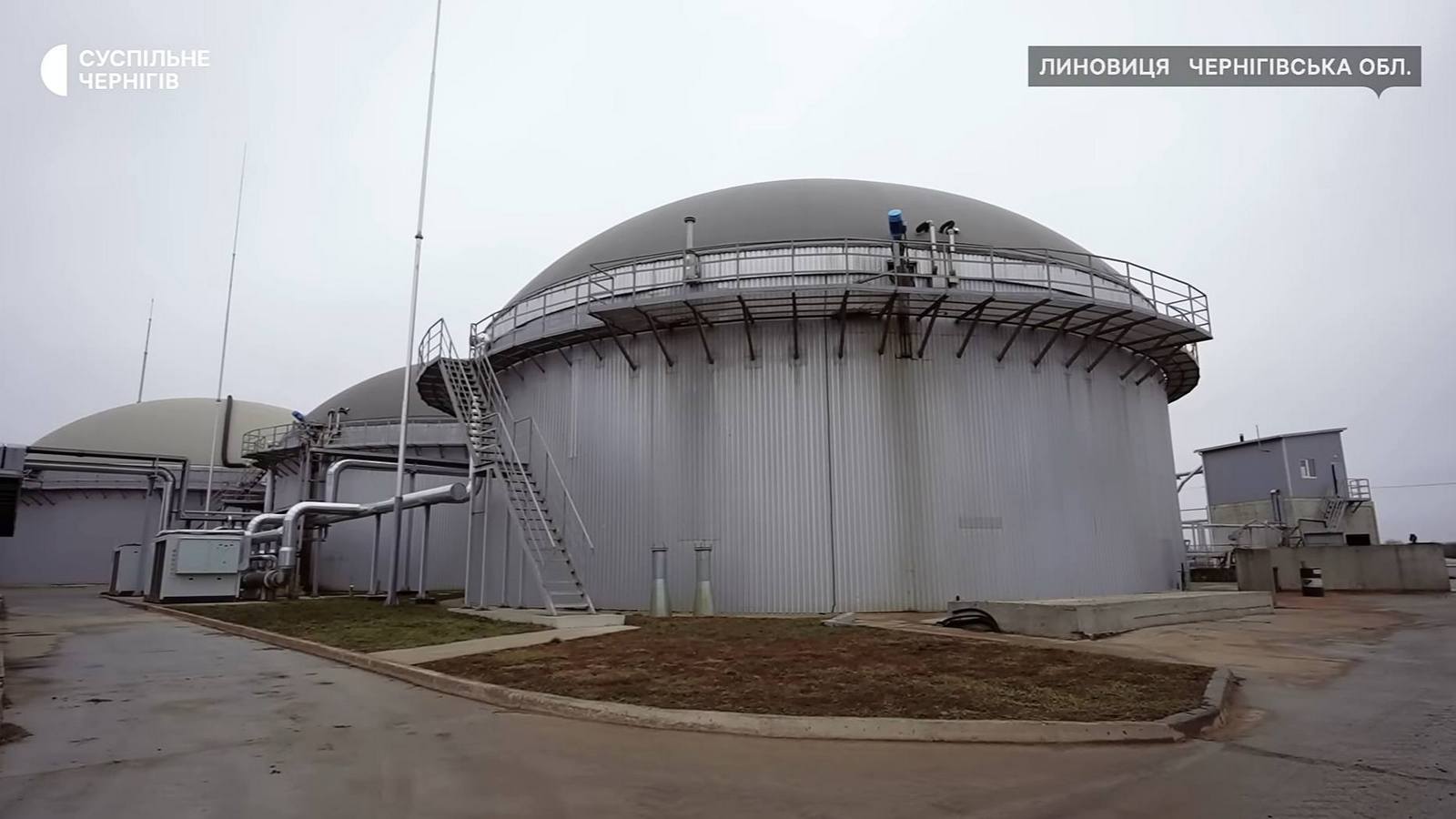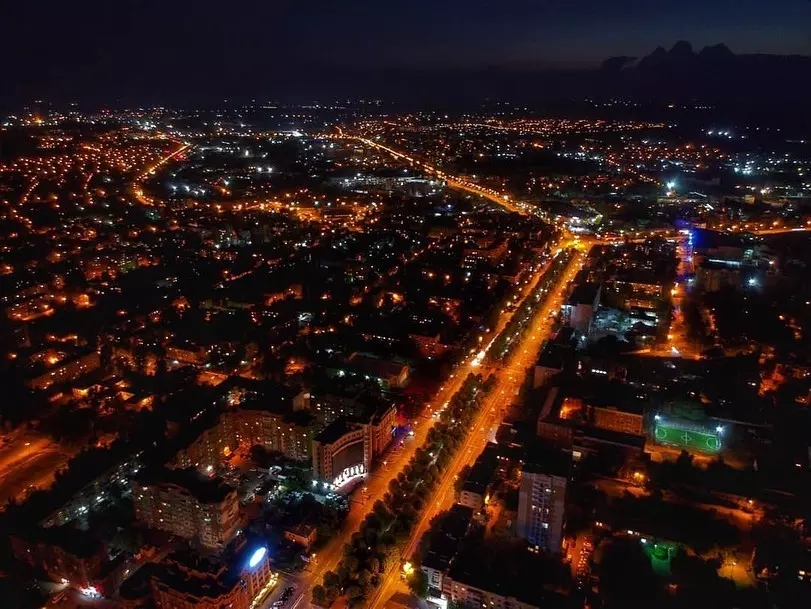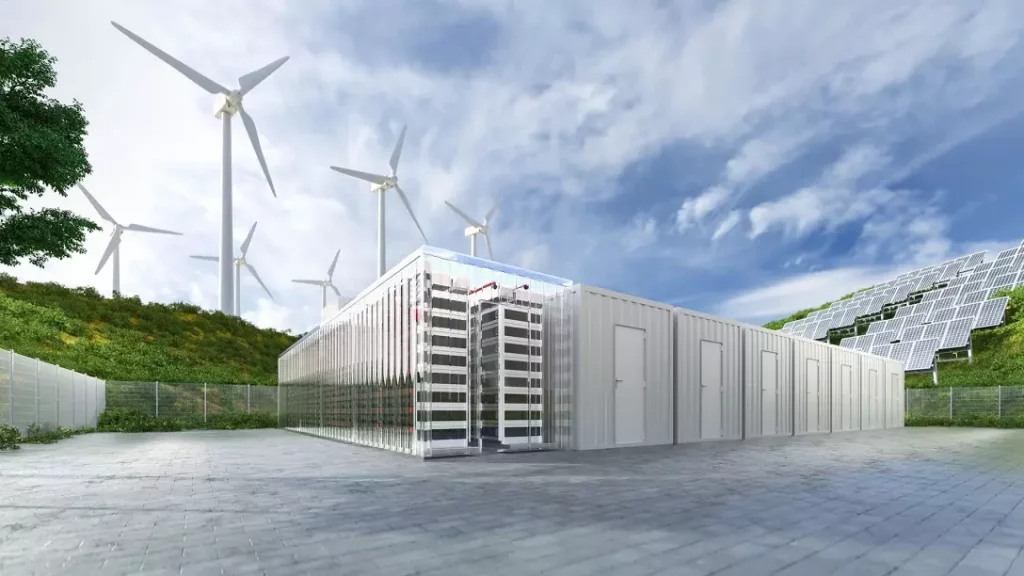
Biomethane production in Ukraine may increase to 100 million cubic meters in the foreseeable future
19.03.2025UABIO estimates that the three existing biomethane plants in Ukraine will produce 17 million cubic meters of biomethane in 2025. This year, five more plants may join them, which will eventually bring production to 100 million cubic meters per year.
This is stated in the story of Suspilne Chernihiv about biomethane with the participation of Oleg Ryabov, Deputy General Director of the Gals Agro agricultural holding, and Georgii Geletukha, Chairman of the Board of UABIO.
In particular, Oleh Ryabov spoke about the functional features of a biomethane plant and shared his thoughts on foreign investment in this industry in Ukraine. Georgii Geletukha provided statistical data on the prospects and opportunities of Ukrainian biomethane.
How the biomethane plant works
The first biomethane plant in Ukraine was built in 2017 to process sugar production waste. Currently, the receiving tank is loaded with cattle manure and separated pig manure from Hals Agro’s facilities. The raw materials are mixed to a homogeneous mass and heated for more efficient fermentation.
The biogas is collected in a common collector and subsequently dried. The dry gas is then fed to activated carbon for sulfur filtration. The biogas treatment area for biomethane is also filled with activated carbon, but a special one that filters out volatile organic compounds. The quality of the incoming biogas is monitored by sensors.
“If at least one of the parameters does not meet the requirements of the equipment manufacturer, the biogas will not be treated. The quality requirements for incoming biogas are very strict. The same applies to the output biomethane: if it does not meet the established parameters, the biogas will undergo repeated post-treatment each time,” explains Oleg Ryabov.
The solid and liquid fractions of the digestate, a by-product of biomethane production, are returned to the soil as a valuable organic fertilizer.
The total capacity of Hals Agro’s four plants is 14.7 MW of electricity. In 2024, the company generated 80 million kWh of electricity, which is the annual consumption of 30-35 thousand households or 70 thousand people.
State support for biomethane
According to Georgii Geletukha, natural gas in Ukraine currently costs about 500 euros per thousand cubic meters, while biomethane costs 900. Accordingly, there is no incentive for producers, and no one in Ukraine covers this difference.
According to Oleh Riabov, the only way to make biomethane production profitable in Ukraine is to export it to the EU. The EU has a green premium for saving carbon dioxide emissions. Currently, there is no such mechanism in Ukraine, due to the lack of consumers interested in using a renewable source.
Among the barriers to development mentioned by experts are:
- Long process of connecting to gas networks: 6-9 months.
- Lack of a single government agency that would coordinate the industry.
- Lack of an economic component – a green premium.
At the same time, Geletukha says that by 2050, Ukraine can really use its full potential and will produce more than 20 billion cubic meters of biomethane. Then Ukraine will be able to cover up to 20% of the EU’s biomethane needs.
Become a member of 100 RE UA
Switching to 100% renewable energy in Ukraine is possible!



